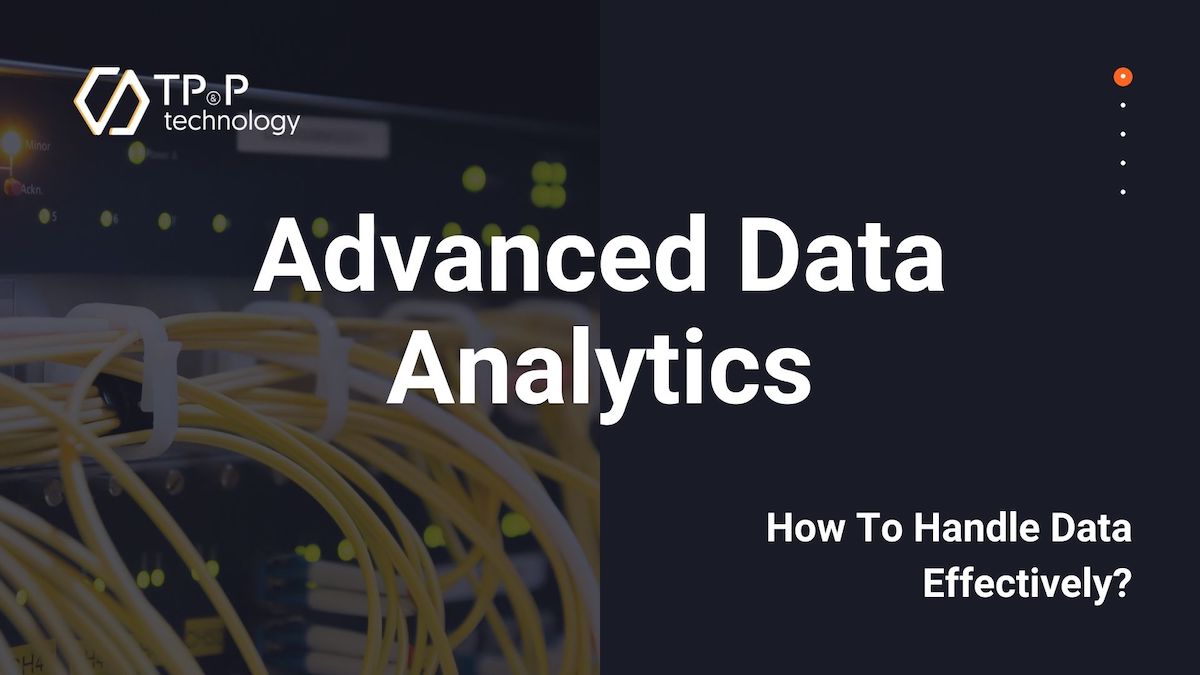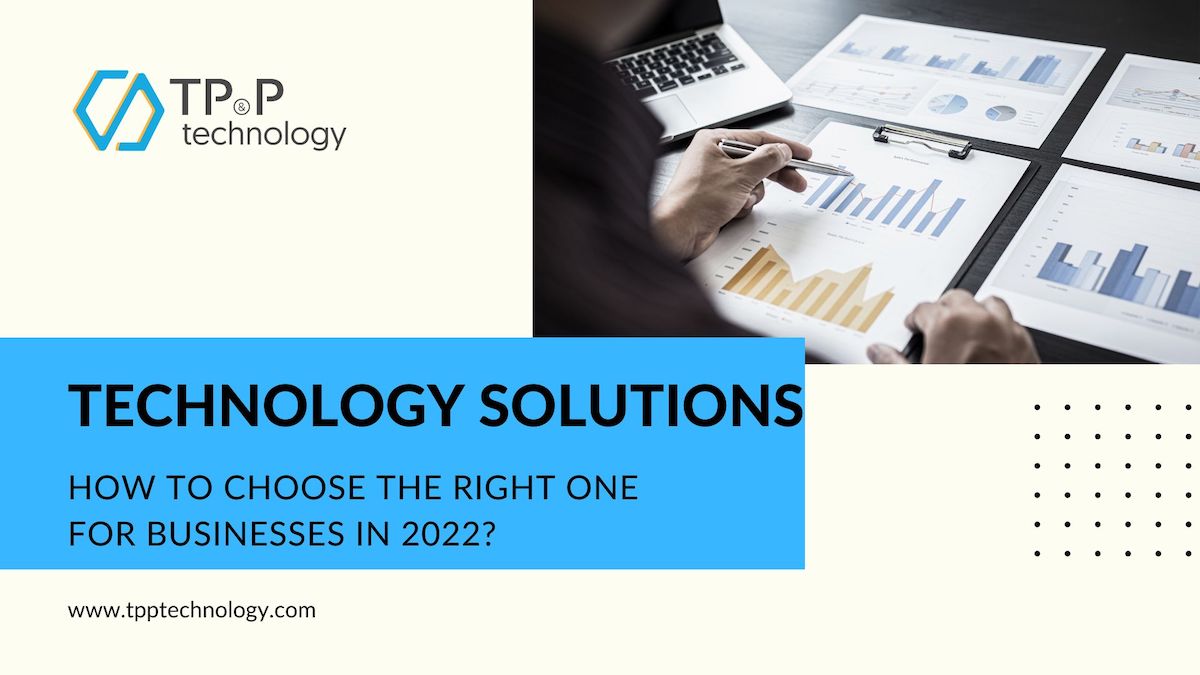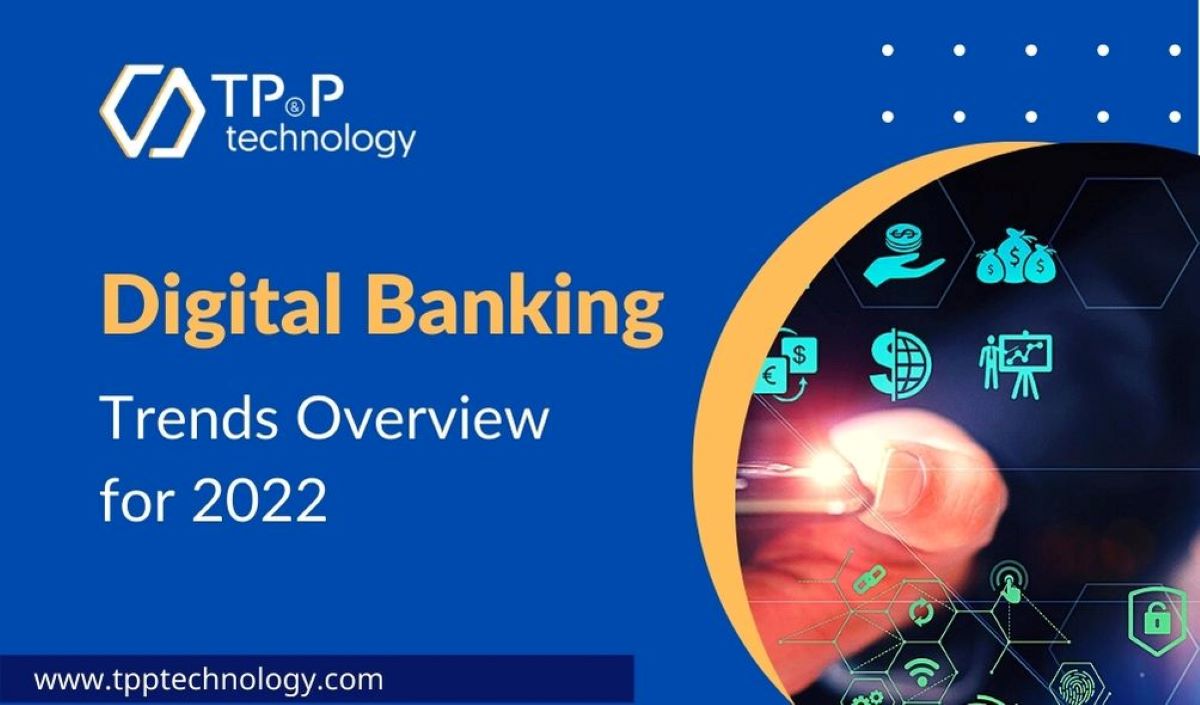
Data Analytics: How To Handle Data Effectively?
Today, data is one of the most powerful leverages that can help companies make their businesses stronger and more sustainable. With a fast-growing rate of new technologies, businesses can easily collect data from their customers through both digital and offline channels. In the belief that you never know when and how you will need a piece of information at some point down the road, most companies would try to collect as much data as they could.
Generally speaking, data collection is not really wrong by its very nature. In fact, by using data to create a profitable and sustainable business through innovative products and services simultaneously is a sign of respect showing to the customers - it is the how and what is done with data collected from users that matters. In such a context, how data is used becomes one of the biggest concerns by many customers groups and organizations.
Most companies nowadays are properly asking only for the data that are able to be used to develop products and/or services that are delivered to the end-users. Thus, collecting data just to resolve a problem that occurs in a vague hypothetical scenario may somewhat displays a lack of intuitive understanding of what kinds of data are actually important to have from users. It is indeed such a waste of time and efforts if you invade user privacy by collecting data just to sell it later.
The Importance of Being Data-Driven and Its Challenges
The truth is most data-driven companies do not sell user data to make money but analyze this data in order to have an understanding of how to obtain the most valuable insights. For instance, many Know Your Customers (eKYC) initiatives rely on data. They leverage artificial intelligence (AI) to verify the users' identity via digital channels instead of requiring users to be physically present.
Take Netflix and Tesla as an example, these companies are leading the way in utilizing AI for customer product development purposes. There are similar companies that leverage AI for the same purposes nowadays, and any digital organization can and should follow this route.
Not only can AI help companies increase customer satisfaction by offering better personalization and customization options, but it also has a good impact on making the onboarding process smooth and seamless for products and services. Enhancing the in-house AI development capabilities by hiring more data scientists and experts working in AI is recommended to companies that seek to leverage AI to develop products/services for end-users.
Yet, when data are getting more complex, especially when the majority of businesses are operating on both cloud and on-premises systems where data is stored in various locations, companies would have to use their troves of data in a more efficient way by implementing a data fabric - a data management architecture that can optimize access to distributed data and intelligently curate and orchestrate it for self-service delivery to data consumers.[1]
For example, to protect data, numerous fintech companies and banks have been using data fabric in order to manage access to data resources, ensuring privacy and regulations, while providing customizable and personalized product/service offers. Banks can then easily employ advanced data analytics to analyze customer behavior to improve their products and services based on such customers' insights.
If business organizations want to implement a data fabric, they should start with integrating machine learning algorithms into every stage of the data journey, from capturing data to optimizing and cleaning it. Organizations are also suggested to utilize Cloud technology, as well as apply flexible configurations, unification, and fast access into data. It is also important for them to have an understanding of their database orchestration processes and data flows.
With the assistance of a data fabric, companies will be able to automate data governance, reuse and combine various works of data science, as well as simplify and reduce the time for data management including data integration, quality, sharing, etc. Additionally, organizations can leverage data fabric to have one single environment for accessing and collecting all data, regardless of the location that data is stored – ultimately eliminating data silos.
Strategic Data Collection for Advanced Analytics & Decision Making
It is ideal for data-driven companies to analyze and utilize the collected data on a continuous basis, instead of strategizing too far in advance, for example, more than a year ahead.
There should be a strategy for companies in determining how much and what kind of data they collect. Without a strategy, companies will be more likely to collect as much data as they can. They will end up getting irrelevant data and this simply makes it more difficult to sift through to find useful data. Thus, developers should play the role of key internal stakeholders in the quality evaluation of data that is collected for analysis.
Read more about Key Factors To Consider For A Good Data Strategy
For instance, when a startup is conducting product-market fit research, the collected data should help to prove or disprove particular hypotheses that the startup is testing, and it is up to the product and business developers to drive the data requests depending on their hypotheses.
Only the collected data that is specifically related to the company's products and user base will be useful in the process of determining product-market fit. By leveraging available analytics solutions such as Power BI, Tableau, along with in-house data scientists' own expertise in programming (e.g. Python, Matlab, etc.) startups and companies can take advantage of the large data volume available to make the best decisions. It's worth noting that building hypotheses and data collection methods by mimicking competitors should be avoided because each business is different in nature, process, and a plethora of other things.
Conclusion
As was mentioned, it is such a waste of time and business resources to invade user privacy and collect their data then let it sit or simply selling it. Moreover, it can damage the relationship between the company and its customers and irreparably ruin the company's reputation.
The key that leads to the success of top-tier companies is building their businesses based on customer trust. Smart businesses are creating and maintaining relationships with users built on trust, especially in ensuring users that such data will only benefit them in the form of an improved overall customer experience that fulfills their needs. As the result, this can bring long-term profitability to the organization.
Need Help With Your Data Analytics Projects? Contact TP&P Technology - Leading Software Development Company in Vietnam Today



